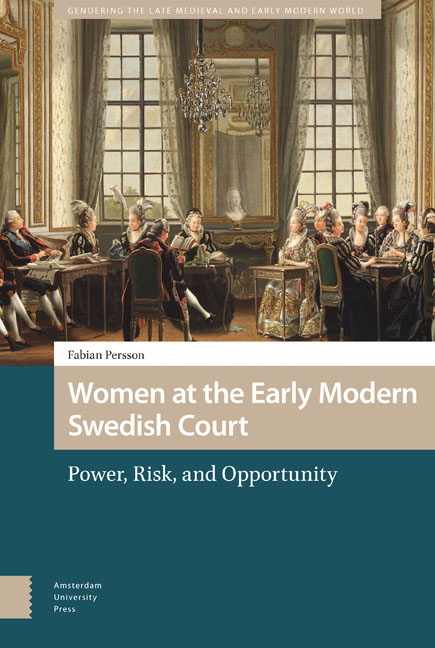1 - Rituals of Royal Compassion
Published online by Cambridge University Press: 15 April 2021
Summary
Abstract
In the seventeenth century there were signs of a more gendered quality of compassion. Queens were expected to be more compassionate than kings. Compassion switched from being part of kingship to being part of queenship. Royal compassion in the early modern period took various forms. It shifted from the personal to the institutional. From men to women. But it remained a powerful idea, and a concept that no one could afford to ignore.
Keywords: compassion, virtue, alms, beggars
The poor were always with the court, hoping for charity. The gates of the palace were haunted by the destitute; those not quite so desperate lay in wait inside, in the corridors and staircases of the residence. Many would have begged for succour in vain, but the lucky ones who did receive help can be glimpsed in the royal accounts.
The steady flow of help from the royal family was something to be taken into account when planning the court's expenses. As a budget for the use of grain by the sixteenth-century court noted, after the regular expenses had been estimated, ‘as is known, much grain is usually given away. Also given to hospitals and other poor, and also in payment and many other expenses, which will amount to a large sum over the year’. In 1551, Queen Margareta gave four cows to a Mistress Agnes because of her poverty. The Queen's benevolence benefitted a wide range of people: in 1547 she had given away cushions, rugs, bed linen, flax, barrels of mead, cheeses, 62 salmon, and other items, reflecting the influx of taxes in kind to the royal palace. A slew of Russian items such as gloves and purses were also handed out by the Queen. The recipients ranged from the Queen's mother, who was given three barrels of apples, and clerics, who were given textiles, to servants like the washerwoman who was given an ‘old painted tapestry’, and simply ‘the poor’. Queen Margareta's old wet nurse was included, as were the nuns of Sko Abbey. The nuns had various gifts from the Queen over the years, such as mead. She not only gave to Catholics, though; the Swedish Protestant reformer Olaus Petri also received royal gifts.
- Type
- Chapter
- Information
- Women at the Early Modern Swedish CourtPower, Risk, and Opportunity, pp. 47 - 58Publisher: Amsterdam University PressPrint publication year: 2021



